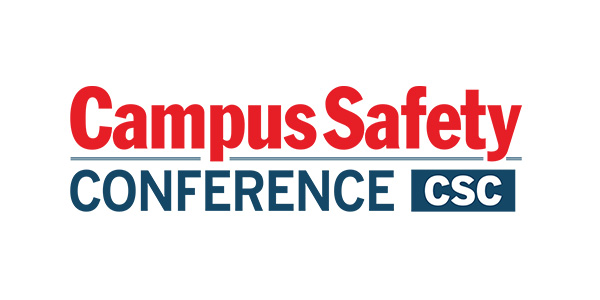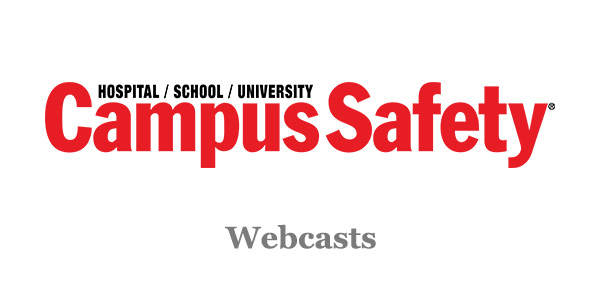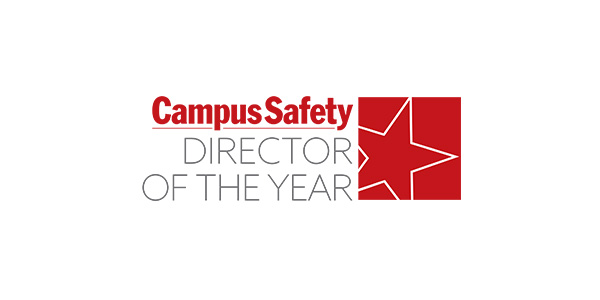Setting Up the System
Before the initiative can be formally rolled out, give adequate thought to setup. Users generally will be categorized or tagged so that notifications may be filtered. You might
have categories of “Parent”, “Student”, “Faculty”, etc., and then possibly some other descriptive names.
Then consider the various scenarios that would trigger an alert. Do you have multiple locations? Then perhaps you need the ability to launch a notification based on location.
In a K-12 environment, you will want to tag any parent’s record with the name of the student for reference. The required setup for this is simple to do and to flesh out prior to rollout. That is important because there is no good reason to request additional contact data later because you forgot to ask your users for something important as part of the rollout.
Promotion
Yes, the goal of implementing a mass notification system IS to make the world a better place. But not everyone is taking such initiative, so get credit for it! There is generally no reason not to introduce your system with fanfare, on your web site and in newsletters.
Use your web site as a launch pad for the information gathering process, so that clicking a link will get your users to an information-gathering portal for your system. Then, seamless integration of PR is a no-brainer.
Information Gathering
We recommend supplying a web portal for input of contact data. Mass notification companies generally include these as part of their programs, so it is easy to roll them out. This way, users affirmatively opt in just by supplying the information. Be sure to provide a privacy policy from both your institution and your mass notification supplier.
Also include information about the types of messages that the user will receive.
Once the user accesses the portal, they will generally generate or be issued a login or user key that can be used so that they may keep the database up to date. This is a primary benefit of using a good mass notification system: If the process and system design is correct, the data is self-maintaining. You may want to issue the occasional reminder, but on the whole, this is much less cumbersome than the information gathering processes used in the past, which involved filling out paper forms with contact information.
Some smaller institutions opt for manual data input, or an upload from an existing database. This is a quick way to get something in place, but ultimately, opening a web portal allows better communications because the contact data will be kept more current by the users themselves.
Administrative Permissions
Establishing more than one administrator provides backup in an emergency situation.
Some systems have multiple permissions levels, allowing some administrators to work on the user database but no ability to launch notifications. Depending on your structure and the amount of data maintenance you anticipate, this is beneficial, because you want actual launching ability to be somewhat restrictive.
Maintaining the Data
Simple examination of the data should tell you whether a high percentage of your target users are in the system. Depending on the mode used to enter the data – direct from the users or manually via the institution—it is a good idea to do some sleuthing to discover why the gaps exist. That often involves a little direct contact with the users. Some simply may not wish to participate, although that is infrequent. Most often, it is simply because the word needs to be put out again. The fact that the system is available should be promoted constantly, in various forms of communication.
Summing It Up
While there are certainly issues to consider on the front end when selecting and setting up a mass notification system, the “time-to-improvement” cycle is quite short. Most systems may be put in place in a day or two and initial data can start flowing in soon afterwards. Some of the promotion, and much of the data entry by your users, will take place over a longer time. In the meantime your institution is miles ahead in terms of its capability in this area, and is improving each day.







